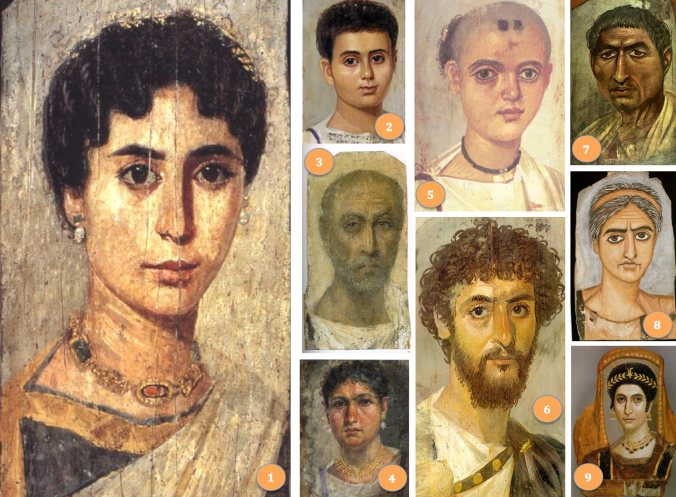
A basilisk–a lethally poisonous monster hatched from a cock’s egg–illustrated in a mediaeval bestiary. Note the weasel gnawing at its breast; only they were impervious to basilisk venom.
Few creatures have struck more terror into more hearts for longer than the basilisk: a crested snake, hatched from a cock’s egg, that was widely believed to wither landscapes with its breath and kill with a glare. The example to the right comes from a German bestiary, but the earliest description that we have was given by Pliny the Elder, who described the basilisk in his pioneering Natural History (79AD) – the 37 volumes of which he completed shortly before being suffocated by the sulphurous fumes of Vesuvius while investigating the eruption that consumed Pompeii. According to the Roman savant, it was a small animal, “not more than 12 fingers in length,” but astoundingly deadly nonetheless. “He does not impel his body, like other serpents, by a multiplied flexion,” Pliny wrote, “but advances loftily and upright” – a description that accords with the popular notion that the basilisk is the king of serpents – and “kills the shrubs, not only by contact, but by breathing on them, and splits rocks, such power of evil is there in him.” The basilisk was native to Libya, it was said, and the Romans believed that the Sahara had been fertile land until an infestation of basilisks turned it into a desert.

The Roman poet Lucan stressed the horrors of the monster’s lethal venom.
Pliny is not the only ancient author to mention the basilisk. The Roman poet Lucan, writing only a few years later, described another characteristic commonly ascribed to the monster – the idea that it was so venomous that if a man on horseback stabbed one with a spear, the poison would flow up through the weapon and kill not only the rider but the horse as well. The only creature that the basilisk feared was the weasel, which ate rue to render it impervious to its venom, and would chase and kill the serpent in its lair.
The basilisk was popular in medieval bestiaries, and it was in this period that a great deal of additional myth grew up around it. It became less a serpent than a mix of snake and rooster; it was almost literally hellish. More







